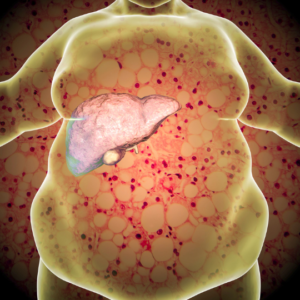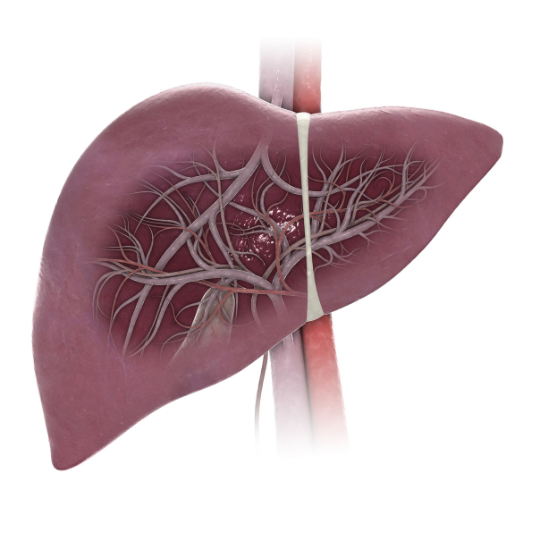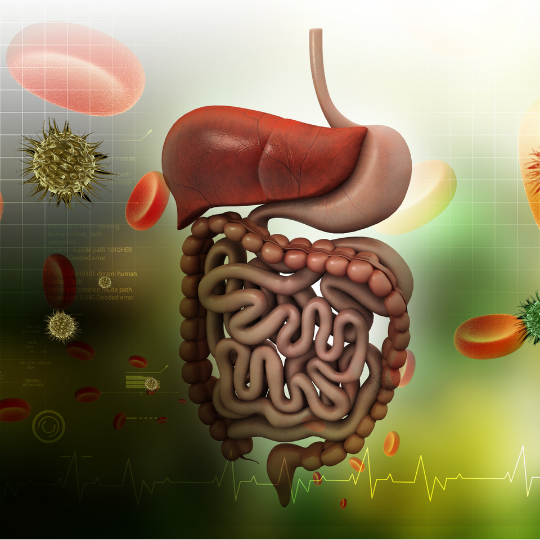Human obesity is a major health concern that is rapidly increasing worldwide. According to the World Health Organization, obesity rates have nearly tripled since 1975, with an estimated 13% of the global population now classified as obese. This is not just a problem for developed countries, but is also affecting low and middle-income countries, leading to a serious global pandemic.

What’s going on?
There are several potential causes for the increased incidence of obesity, including environmental obesogens, which are endocrine disrupting chemicals. Environmental obesogens are chemicals that can disrupt the normal development and function of the endocrine system, leading to weight gain and obesity. Numerous products, such as plastics, pesticides, and even certain pharmaceuticals, contain these compounds. The role of obesogens as endocrine disrupting chemicals refers to the fact that these chemicals that can interfere with the normal functioning of the endocrine system, disrupting the production and regulation of hormones, among others.
In addition to environmental obesogens, excessive caloric intake and a more sedentary lifestyle are also contributing to the obesity epidemic. Many people consume more calories than they should while also not engaging in enough physical activity to burn them off. This is the exact opposite of what occurred throughout human history, when nutrients were largely in short supply and people generally led relatively active lives by today’s standards. Life got more pleasant as humans evolved, which raised the metabolic burden that presently afflicts our civilization and causes havoc with our health.
How does this work?
There are several mechanisms of action for environmental obesogens; these can:
- act as nuclear PPARs agonists. Nuclear PPARs agonists are chemicals that bind to and activate the PPARs receptors in the nucleus of cells, leading to increased fat storage
- inhibit oxidative phosphorylation, the very process of creating cellular energy inside the body
- affect hormonal pathways, by disrupting the normal production and regulation of hormones
- and have pro-inflammatory roles,
thus eventually causing adipocyte hypertrophy/hyperplasia, i.e. increasing in size or number of fat cells, leading to weight gain and obesity.

Obesity has a number of physiological and metabolic effects on the body. It can increase the chance of developing a number of medical conditions, including diabetes, cardiovascular disease and certain types of cancer. In addition to having a negative impact on metabolic health, obesity has also been linked to higher incidences of anxiety and depression. Thus, practically every area of a normal existence might be impacted by this metabolic dysregulation.
The solution?
Reduced exposure to environmental obesogens can be achieved by utilising safer products and eating a diet high in whole, unprocessed foods. However, this is not a substitute for the need to increase physical activity and reduce sedentary behavior by incorporating regular exercise into one’s daily routine. The way this interacts with other factors of our genetic and metabolic optimization framework, such as diet, breath, temperature and light is complex and needs to be considered in context.
Whereas you can definitely incorporate various pieces of advice from here and there, this is not a bulletproof way of addressing the underlying issue, especially as some strategies may be contradictory. Reach out if you feel overwhelmed and we would be happy to guide you through the process of improving your metabolism!











